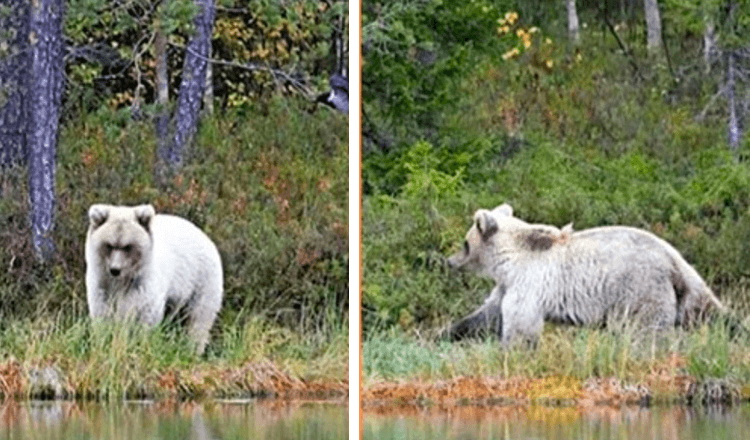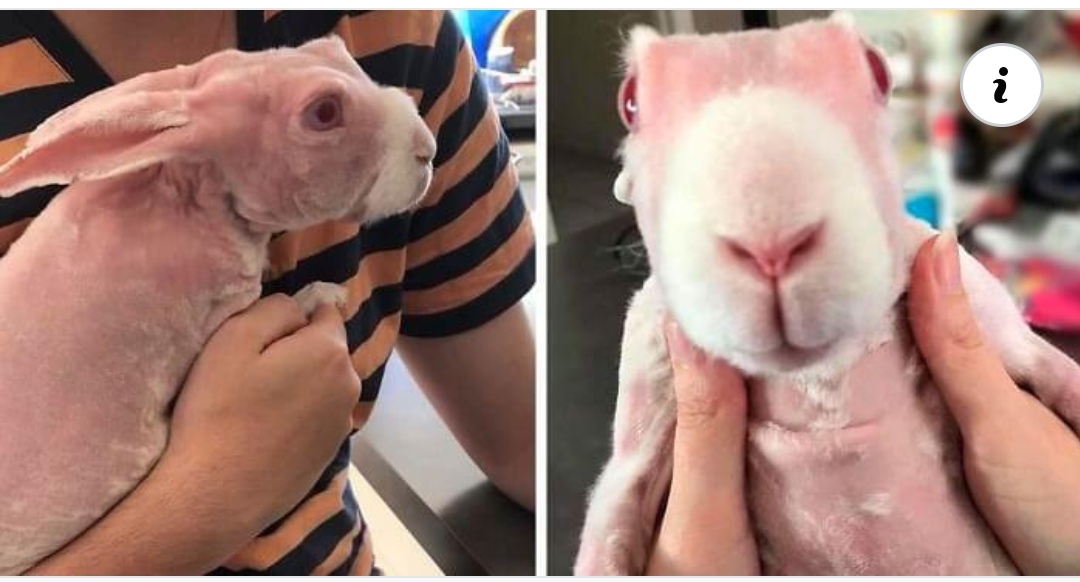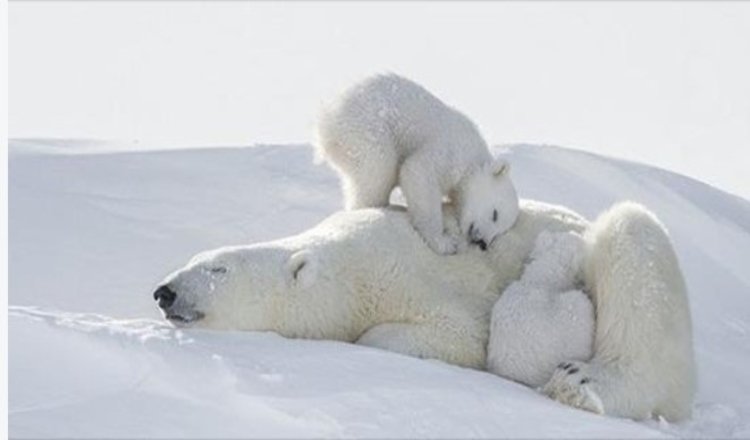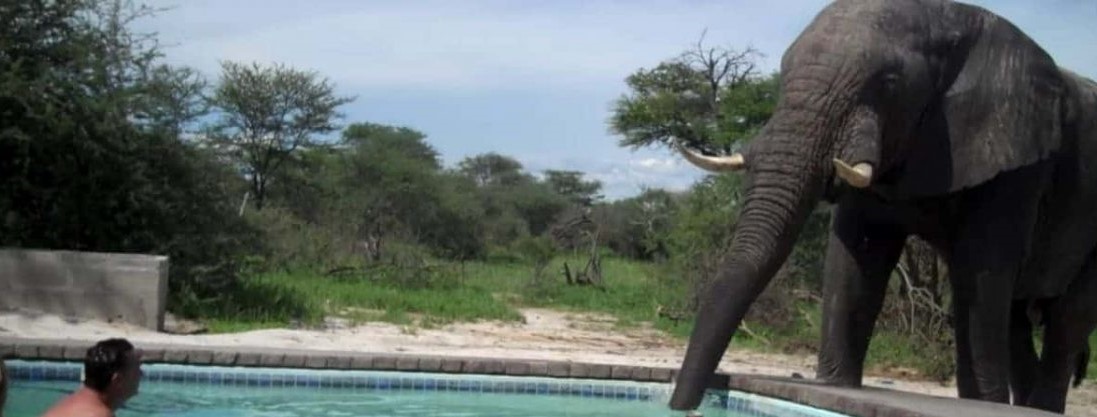-Advertisment-
A group of kind people has managed to offer a bald eagle a second chance to life, after they rescued the emblematic bird. James and Angela Corbett and James’ brother in law, Garnet were harvesting clams offshore Bay of Fundy in Nova Scotia, Canada when spotted something unusual in the water.
 When the three went closer, they have seen the exhausted bird “swimming” for its life. Without thinking too much, the group rescued the massive bird and take it in their boat. Then, using their clothes, they tried to dry the eagle’s feathers. While her husband and her brother were rescuing the bird, Angela has managed to capture on her cellphone the dramatic scene.
When the three went closer, they have seen the exhausted bird “swimming” for its life. Without thinking too much, the group rescued the massive bird and take it in their boat. Then, using their clothes, they tried to dry the eagle’s feathers. While her husband and her brother were rescuing the bird, Angela has managed to capture on her cellphone the dramatic scene.
-Advertisment-
“We felt strongly that we had to help this bird as we feared it would die,” the woman told Caters. The good Samaritans initially thought that one of the eagle’s wings might be broken. “We thought for a minute that its wing might be broke, but it became clear that this was not the case,” Angela said.”We were lucky that Garnet was able to pick up the eagle without sustaining any injury, but that was a risk he was willing to take to help save the his life as to her drowning.”
Once they got the eagle in their boat, the group immediately called Canada’s Department of Natural Resources and once they reached the shore, the bird was transferred to the Cobequid Wildlife Rehabilitation Centre. There, after further examination, the staff discovered that the bird right foot’s toes were missing, most likely due to a trap. Even so, the bird’s flying abilities hadn’t been affected, so after a night at the center, the rescue eagle was able to return in the wild. Over the last year the bald eagle population has dramatically dropped. Unfortunately, the species is almost facing extinction due to the extremely dangerous chemicals that are released in their habitats, poisoning them. Not once, the wildlife experts have had raised awareness regarding this problem, but no one seems to care about these majestic birds.
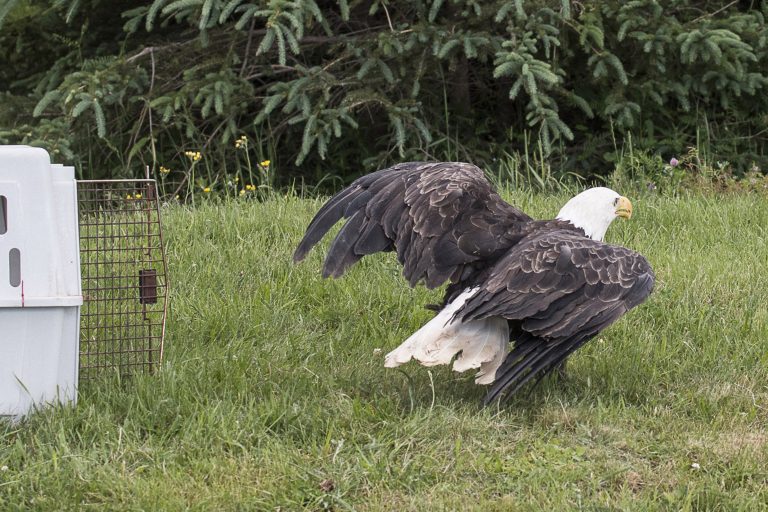
“They arrive at the CWRC literally on their last legs,” Murdo Messer, the co-founder of Cobequid Wildlife Rehabilition Centre said. “Most of the time it is because of some negative human interaction. We are able to help mitigate some of that damage, undo the harm that was done and help the animal return to its habitat. It is very rewarding.”
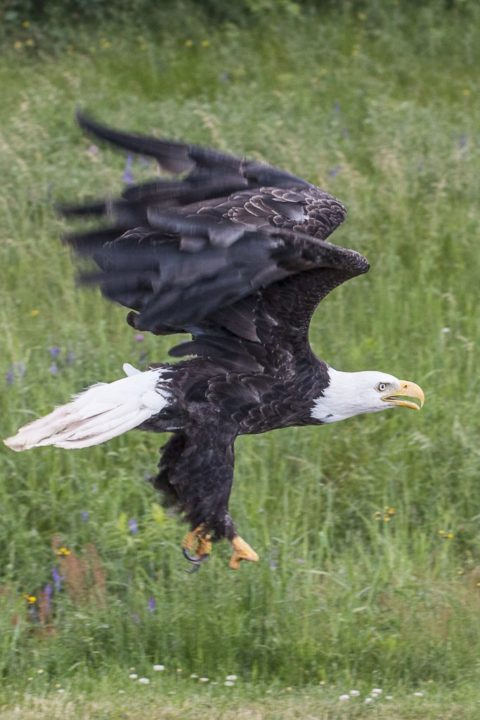

 A
A
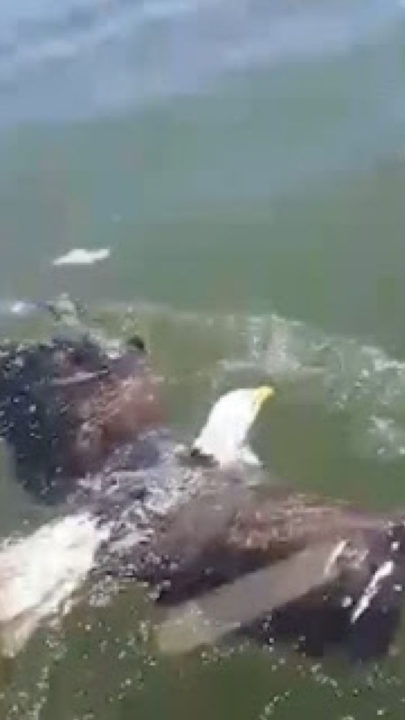
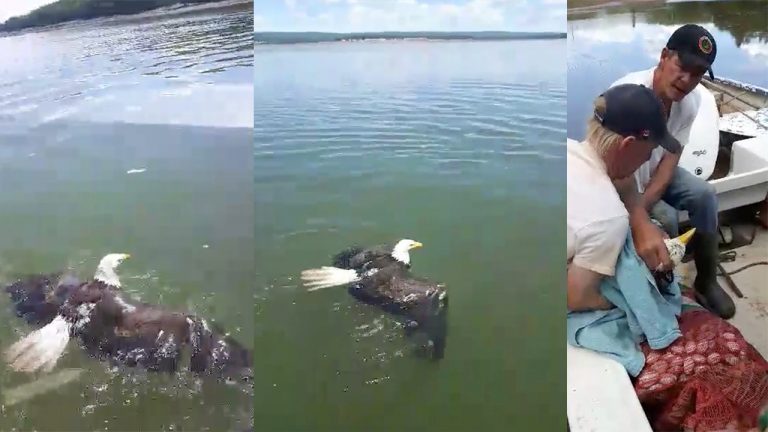 “We felt strongly that we had to help this bird as we feared it would die,” the woman told Caters. The good Samaritans initially thought that one of the eagle’s wings might be broken. “We thought for a minute that its wing might be broke, but it became clear that this was not the case,” Angela said.”We were lucky that Garnet was able to pick up the eagle without sustaining any injury, but that was a risk he was willing to take to help save the his life as to her drowning.”
“We felt strongly that we had to help this bird as we feared it would die,” the woman told Caters. The good Samaritans initially thought that one of the eagle’s wings might be broken. “We thought for a minute that its wing might be broke, but it became clear that this was not the case,” Angela said.”We were lucky that Garnet was able to pick up the eagle without sustaining any injury, but that was a risk he was willing to take to help save the his life as to her drowning.”

 When the three went closer, they have seen the exhausted bird “swimming” for its life. Without thinking too much, the group rescued the massive bird and take it in their boat. Then, using their clothes, they tried to dry the eagle’s feathers. While her husband and her brother were rescuing the bird, Angela has managed to capture on her cellphone the dramatic scene.
When the three went closer, they have seen the exhausted bird “swimming” for its life. Without thinking too much, the group rescued the massive bird and take it in their boat. Then, using their clothes, they tried to dry the eagle’s feathers. While her husband and her brother were rescuing the bird, Angela has managed to capture on her cellphone the dramatic scene.



